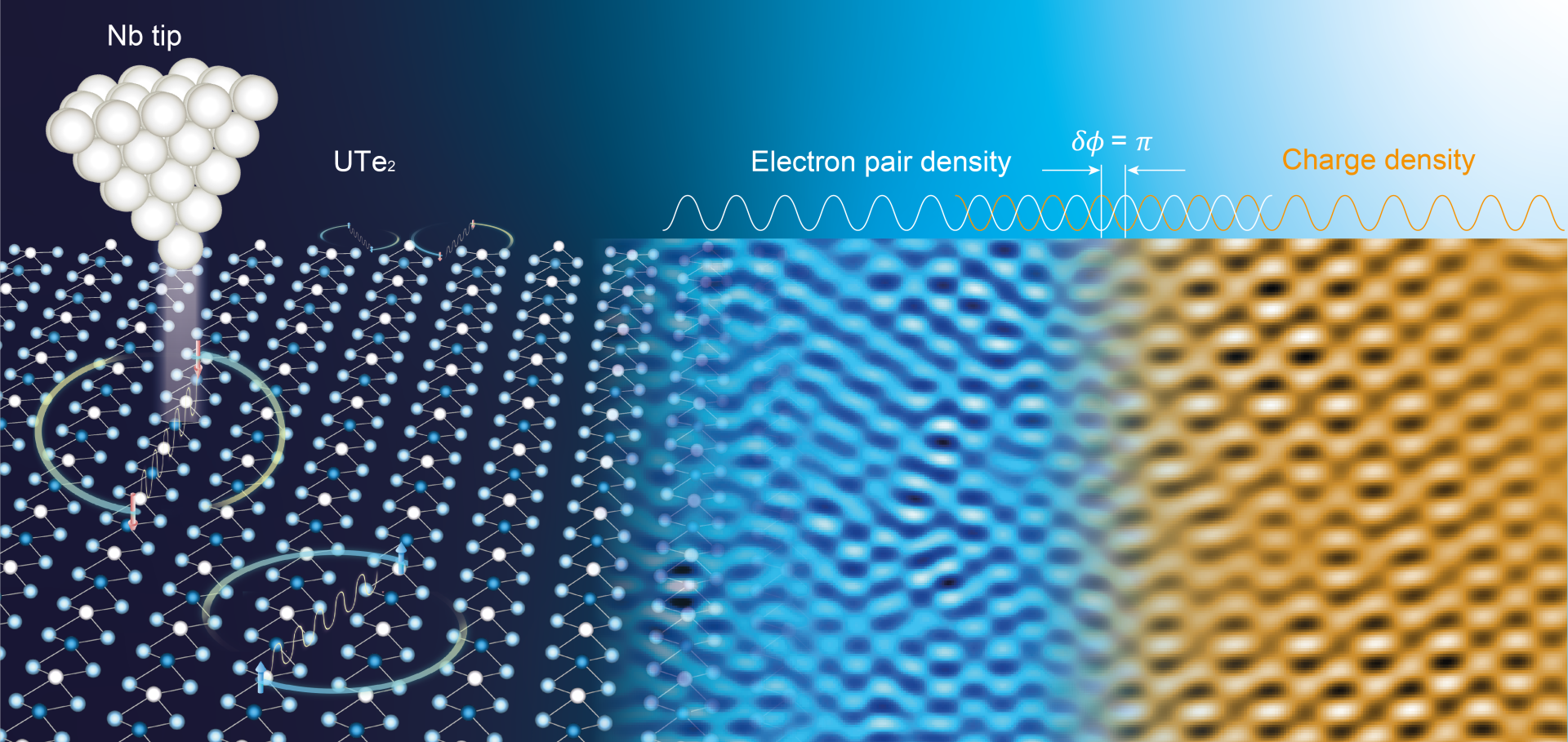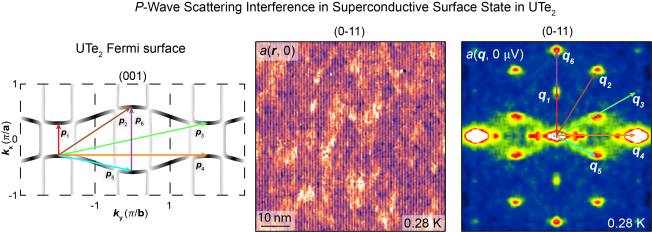Pair Wavefunction Symmetry in UTe2 from Zero-Energy Surface State Visualization
Planar NbnOm clusters on the Au(111) surface
Abstract:
Planar oxide atomic clusters are of considerable scientific interest because of their potential for enhanced catalytic activity versus their three-dimensional counterparts. This enhancement is the result of the substrate stabilizing novel planar configurations that have an extensive periphery where catalytic reactions can occur. A class of planar NbnOm atomic clusters that are synthesized by the evaporation of metallic Nb onto an Au(111) substrate in an ultrahigh vacuum environment and subsequent oxidation at elevated temperatures is reported. The atomic structures of the clusters are determined using a combination of scanning tunneling microscopy and density functional theory. The clusters are composed of structural units with four-, five-, and sixfold rotational symmetry and these units can assemble to form larger planar clusters. The theoretical comparison of supported structures with their hypothetical freestanding counterparts shows that the atomic and electronic structures of the oxide clusters are significantly altered by the interaction with the Au substrate. The substrate effects include interfacial charge transfer and structural relaxation to relieve the strain in the Nb-O bonds. The substrate interactions also reduce the energy differences between clusters of different configurations and this enables the coexistence of a large variety of cluster configurations.



